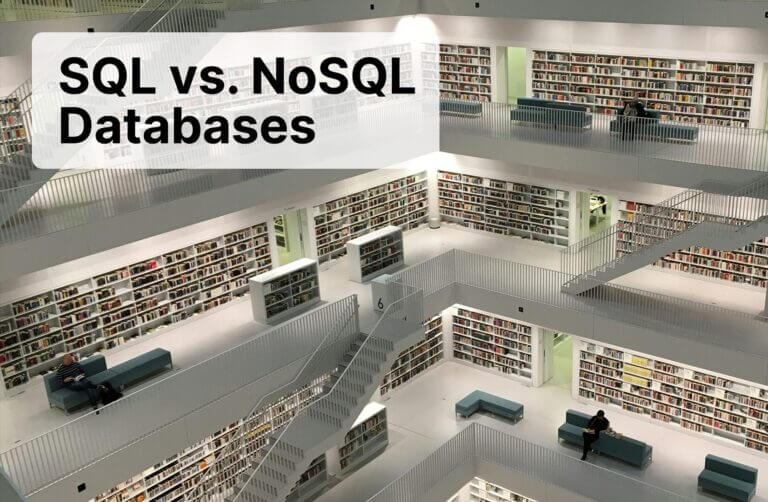VMware, specifically VMware vSphere, has become the world’s leading virtualization technology. The VMware platform enables service providers to run network functions as virtualized applications from different vendors.
In this article, we’ll review the benefits of virtualization and provide a step-by-step migration plan for safely migrating your workloads to VMware.
Why Migrate to VMware
The legacy model of mapping a singular application to a single physical server introduced inefficiencies in the form of hardware cost, utilization, and management. Moving to virtual machines, and more specifically virtual machines powered by VMware vSphere, lets you optimize the cost of running and managing your hardware for the following reasons:
- Instead of a 1:1 mapping ratio of application to server, you can easily achieve 10:1 or even higher.
- Having fewer physical servers to purchase and deploy means drastically reduced data center costs.
- This, in turn, means reduced power costs, cooling costs, and racksapce usage.
- You also drastically reduce the number of endpoints to attend to.
Using virtual machines also simplifies your backup and recovery process, improves business continuity and disaster recovery planning, and accelerates workload deployments for new and upcoming projects.
Why Migrate Between Hosts in VMware
It’s not uncommon to migrate workloads between VMware hosts for the sake of changing the compute resource that the virtual machine runs on.
Migrating between hosts in VMware can serve any number of purposes, including:
- Manual migration of VMs between hosts when putting an ESXi host or hosts in maintenance mode or if host(s) compute resources are over-provisioned. Leverages vMotion for “live migrations”
- Automated migration of VMs between hosts when putting an ESXi host or hosts into maintenance mode or if host(s) compute resources are over-provisioned. This leverages vMotion and Distributed Resource Scheduler (DRS).
Types of VMware Migrations: Cold vs Hot
Cold Migration
Cold migration involves moving a powered-off or suspended virtual machine to a new host. It also usually means relocating configuration and disk files for these powered-off or suspended virtual machines to new storage locations. Cold migration includes moving virtual machines from one virtual switch to another or from one data center to another.
Hot Migration
Hot migration is the moving of a powered-on virtual machine to a new host. Hot migration is also known as “live” migration. VMware’s vSphere vMotion lets you do hot migrations without interrupting the virtual machine’s availability.
When to Do a Live Migration on VMware
A live migration, which is a type of hot migration, is the process of moving a VM from one physical host to another without interrupting regular operations or causing downtime. The live migration process transfers the VM memory, network connectivity, and storage as the OS continues to run. The obvious advantages of a live migration are that you don’t have to interrupt operations.
The best time to do a live migration on VMware is when your server needs maintenance or an update, or when you need to switch a VM to a different host.
The process allows for:
- A clean separation between hardware and software, including the separation of concerns between the users and operator of a data center or cluster.
- Consolidation of clustered hardware into a single management domain. This means that if you need to remove a certain physical machine from service for maintenance, you can migrate OS instances to one or more alternative machines to relieve the load on congested host machines.
Both of the above greatly benefit cluster administrators because they make it much easier to manage workloads.
How to Build a VMware Live Migration Plan: Steps
The main goal of any live VMware migration is to move an existing compute resource or application from one environment to another as quickly and cost-effectively as possible. There are various things to consider around this, including security, latency, downtime, and backup/recovery.
VMware Professional Services helps customers with their migrations, including the planning phase. Here are the primary things VMware recommends for building an effective migration plan:
- Assess your infrastructure and applications to review your change control and communications processes and how these map to migration workflows.
- Conduct a site survey of the source workloads to work through the design and deployment of the assessment tools.
- Use data from the site survey to put together a draft migration sequence that spells out the migration complexities and risks.
- Validate the draft migration sequence with key stakeholders.
- Use the VMware Migration Planner tool to create an initial migration sequence and a corresponding plan that includes detailed migration workflows, including the order of migration in light of SLAs, technology constraints, application dependencies, and the estimated time to conduct the entire migration project.
What is the Best VMware Migration Tool?
The best VMware migration tool is vCenter Converter. It’s the best tool for two reasons:
- It’s the official migration tool from VMware.
- There aren’t really any other alternatives out there for migrating to VMware.
Conclusion
VMware migrations have clear advantages, including fewer servers to attend to and a reduction of power costs. You can do cold or hot migrations, and the best time to do a migration is when your server needs maintenance.
You can also use Pure Cloud Block Store to streamline VM migrations to other environments. And, be sure to check out our 2023 Predictions for Databases on VMware.
Cloud Block Store leverages two workflows:
- AWS MGN to migrate and convert the VM(s) to AWS including the VM’s boot volume.
- Array-based replication to replicate the data volumes from FlashArray to CBS.
By combining the software capabilities of Pure Cloud Block Store with the orchestration and integration of AWS MGN, companies can take advantage of a viable method for migrating vVol VMs to AWS while also taking full advantage of the benefits that come from utilizing an array-based shared storage pool.
![]()






